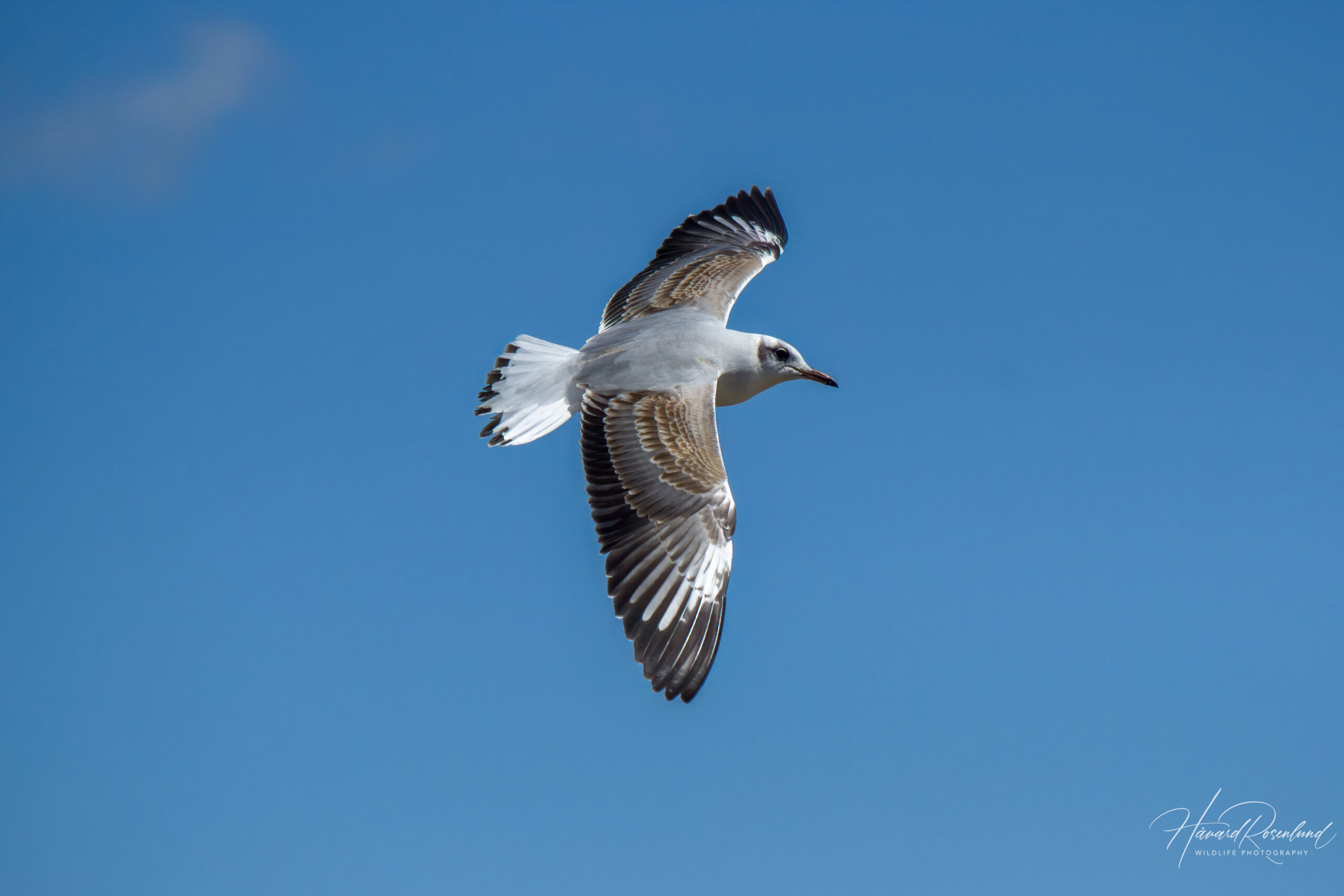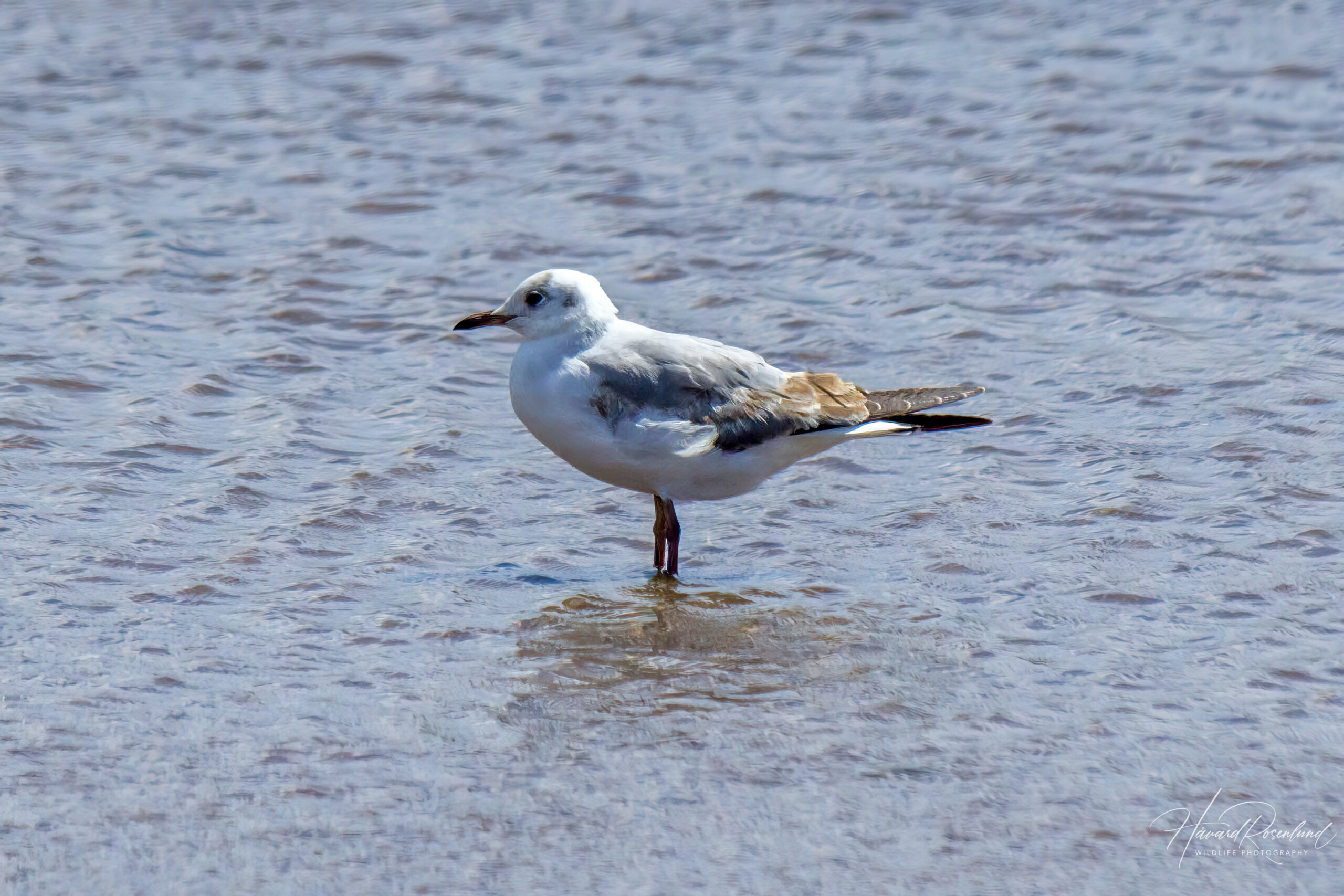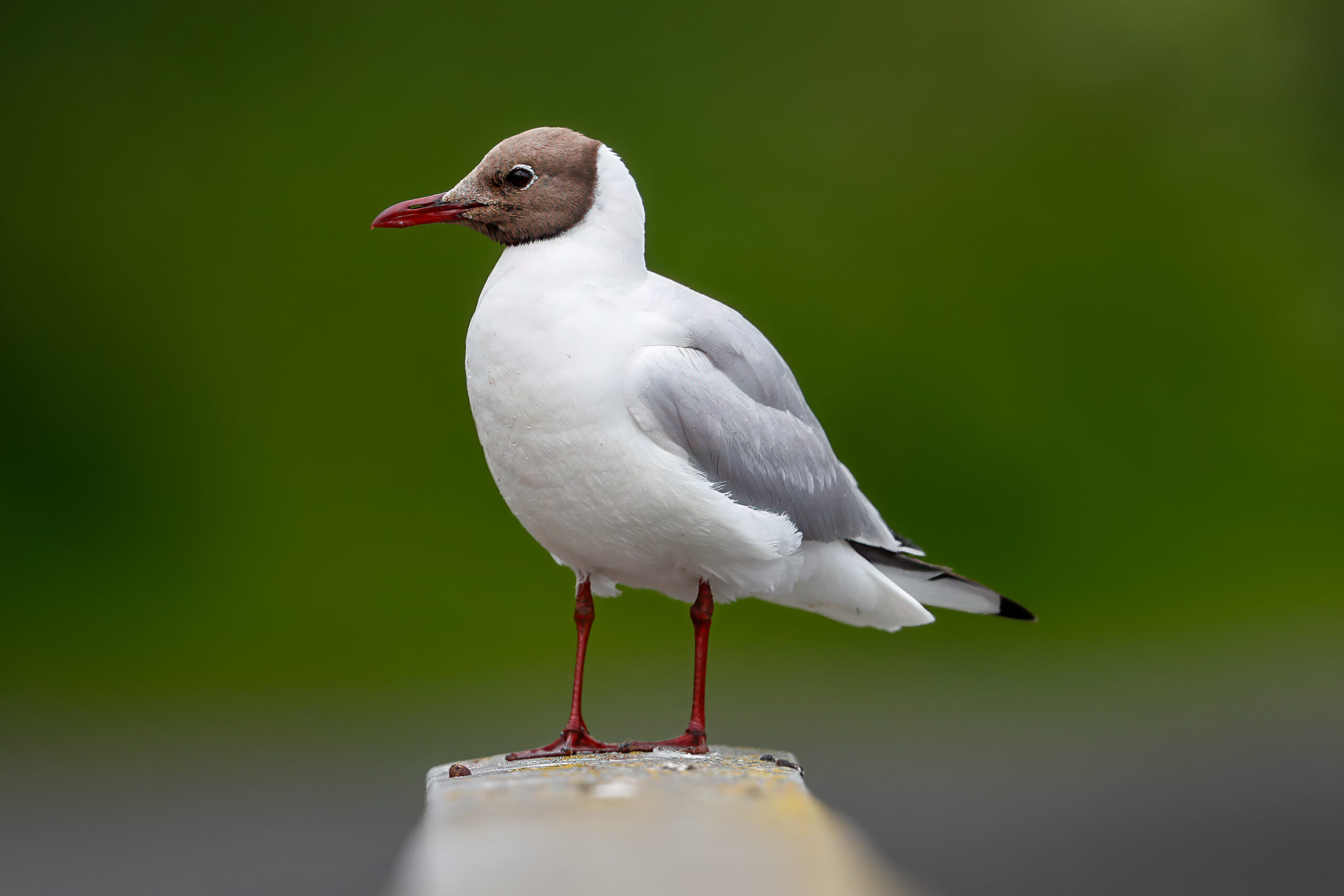Description
The grey-headed gull (Chroicocephalus cirrocephalus), also known as grey-hooded gull, is a common species of gull in tropical and sub-tropical areas in sub-Saharan Africa and South America. It is a small gull species and body length averages 42 cm (16.5 in). The back and wings are grey with the rest of the body white. The legs and bill are colored a deep red. The head is only grey during the summer months, with only streaks of grey remaining in winter.
Diet & habitat
Grey-headed gulls can be found in all kinds of wetland and coastal areas within the species range. Salt lakes, freshwater lakes, marshes and rivers are common habitats inland. They are commonly found along coastlines and in estuaries but will seldom venture far from land. The diet consists of fish, invertebrates, and eggs. They also scavenge on dead meat as well as forage at garbage disposal sites.
Nesting
They are found in large colonies both within and outside breeding season. Colonies numbering thousands can be found in areas with favorable conditions. They breed inland in reedbeds or marshes. Eggs are either laid on the ground or in nests floating on water. Females generally lay two to three eggs. Grey-headed gulls are two-year gulls, meaning it takes them two years to fully mature. All the smaller species of gulls tend to be two-year gulls. Larger species are either three-year or four-year gulls, depending on the size.
Status
The grey-headed gull has a wide distribution, a large stable population, and is listed as least concern on the IUCN Red List. Although they rarely venture far away from land some individuals do, explaining why the species has settled in both Africa and South America. A few individuals have been recorded in Spain and in North America. One individual was recorded as far north as Coney Island, Brooklyn, New York City on August 1st, 2011.











